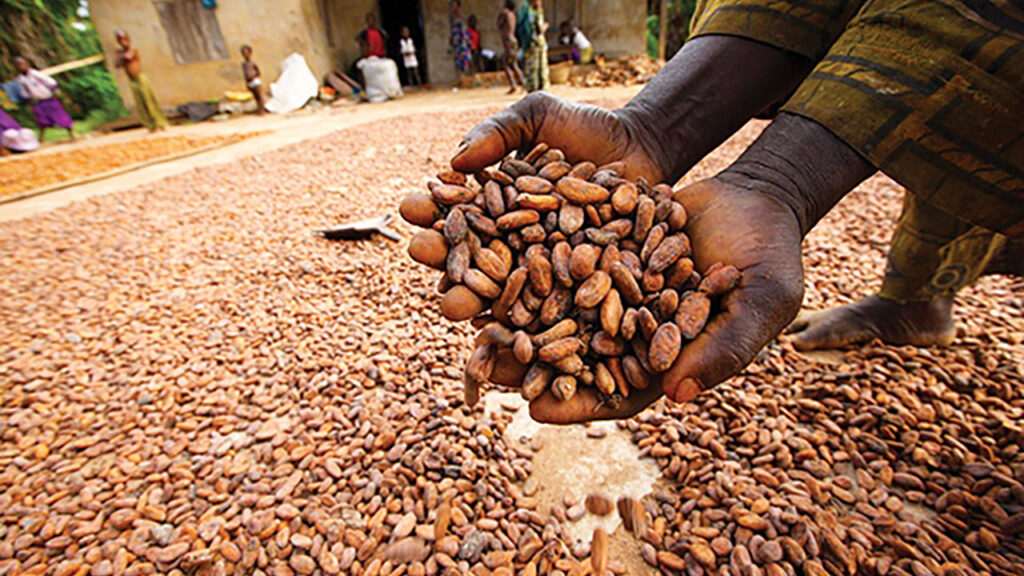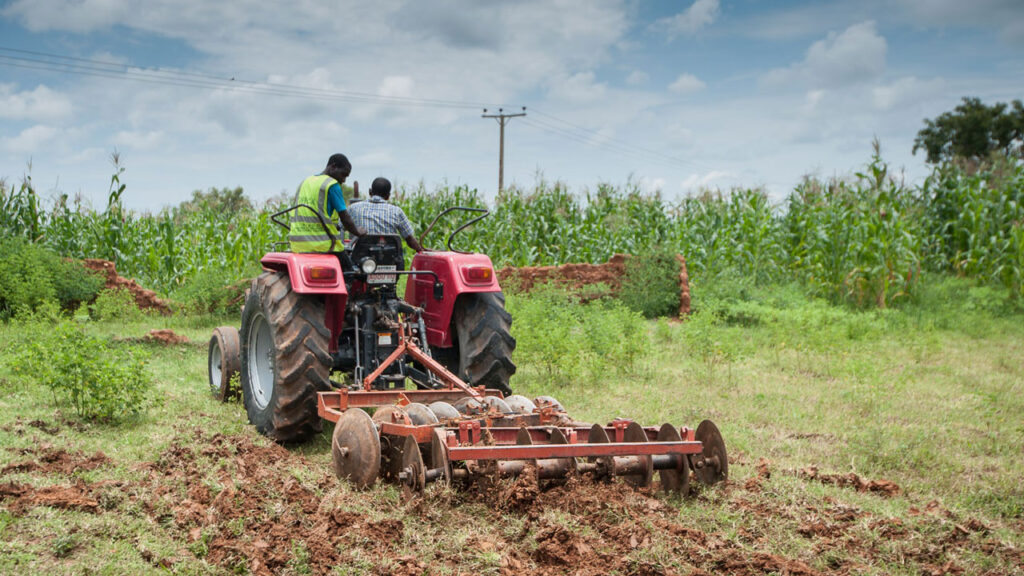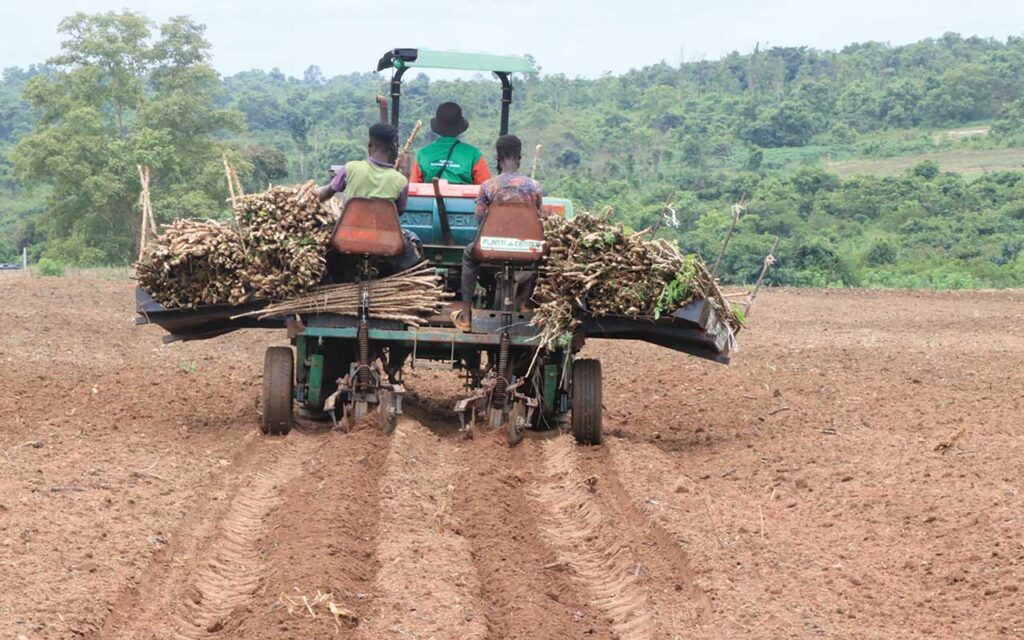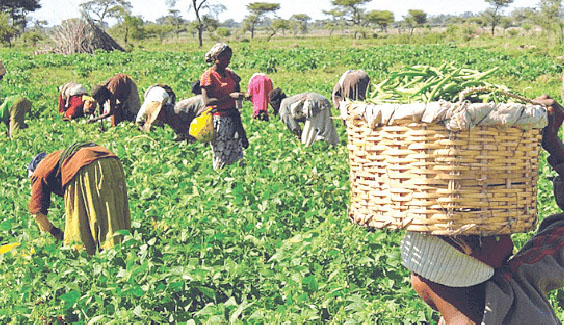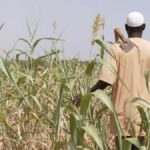
In this interview with the Executive Provost, Federal College of Animal Health & Production Technology, Moore Plantation, Ibadan, Dr Olatunde Owosibo, speaks on challenges faced by livestock farmers, how youths can be attracted to agriculture and why irrigation facilities and other farm infrastructure should be emplaced by state governments. FEMI IBIROGBA reports.
The livestock industry faces high prices of feed inputs, especially for poultry. Are there alternative ingredients for the production of feeds as substitutes for the preferred ones?
Researches have been made with regards to alternative sources of ingredients suitable for poultry. Ingredients like maize, soya beans and groundnut cakes (GNC) have been under research over the years. However, we found that it was insufficient to serve commercial purposes. Despite this challenge, we have discovered a major breakthrough which can support livestock production at minimal levels. An example is cassava, which has its limitations, because finely ground cassava is powdery and may seep out of the bag if it is being moved regularly due to its dusty nature. We have also considered the use of oil materials in binding the cassava input, which, unfortunately, has not effectively contributed to commercial agriculture.
Thai Tapioca Development Institute, Kasetsar University, Thailand, has reported that dried cassava is 100 per cent a substitute for maize in animal feeds and this yields good results. Can we explore the possibility of a minimum of 20% as against Thailand’s 100 per cent?
For now, we can effectively make up to 10 per cent with maize, which is to a great extent, available due to its intensive production and this also will produce excellent results in livestock because maize is an essential source of poultry feeds. The protein content of cassava is about 2-3% as determined by its variety, while maize contains 9- to11 per cent of protein based on its variety. However, maize is much preferred to cassava given that maize is richer in quality of protein. Maize is more advantageous. But cassava inclusion satisfies 10 per cent wholesomeness for monogastric animals and 40-50% in ruminant animals. A 100 per cent substitution will require a lot of efforts, especially in improving the protein content in cassava and the other feed ingredients that will be mixed with it so that it meets the nutritional requirements for the growth of livestock.
Are field millers and commercial farmers embracing the 10 per cent inclusion already researched?
Yes. It has become widespread and I will still say that more work needs to be done.
Can yam be considered a substitute also as Nigeria is the largest producer of yam?
Yes. It can be considered except that the human factor will be considered, as humans consume yam as well and with the growing population and the dwindling production of food crops to meet and satisfy man’s need for nutrition. This may not be an effective alternative. Rice can also be fed to livestock, but the availability to humans takes out the possibility of making it a livestock feed.
However, in areas where the aforementioned are produced and are purchased for a paltry sum, livestock farmers can undoubtedly use them as it will still be cost-effective.
The lucrativeness of the livestock industry, however glaring, has not motivated young people to get into the industry. What do you propose as a solution, as their engagement will reduce the rate of unemployment in the country?
The government is doing a lot to encourage and intimate young persons to be part of the livestock industry, sometimes providing them with start-up kits and sponsoring fundamental training. Sadly, most of them find it exhausting, so they opt out for opportunities which appear greener.
Will you recommend a scheme that makes provision for infrastructures such as farm settlements available for livestock production and broilers to start up with, which is a strategy adopted by the Ogun State government for youths?
This is the base of my thoughts. We should go back to farm settlements and ensure that basic social amenities are on ground to make the lives of the farm settlers even better. With the farm settlements in place, the country will be able to curb the cases of protein deficiency among the populace, to which livestock products will be contributing a great deal.
What can be done to prevent farmer/herder clashes that leave food crops destroyed and lead to loss of lives?
At this point, adopting the feedlot method of cattle production, which is more modern and will serve our current modernised society, is better than open-grazing method, which recurs, regrettably.
There has been some resistance from herders who are unwilling to invest and would rather graze the land. How do we reconcile this with the feedlot initiative?
With a law and a regulatory body, courtesy of the government, prohibiting open grazing, no one will likely flout the rule. But where there is none effective or in place, freedom abounds.
Will you also suggest that as part of the CBN’s intervention programme, provision should be made to aid the feedlot initiative for cattle herders?
That will certainly suffice and will be the best option. Although, the Rural Grazing Area (RUGA) scheme by the government was met with much apprehension from the citizens for the fear of losing their lands to herders, if a mutual agreement can be reached and areas of comparative advantage is to be considered, it might just work.
Considering the upsurge of tribal conflicts and crises over the years, the government may not succeed in its attempts to make the populace see reasons. I would suggest that the government continues to reiterate the aspect of comparative advantage and by so doing, they educate the masses on the economic implication of this strategy.
Many Nigerians have lamented un-employability of graduates. How would you rate the quality of education imparted in your students and would the acquired knowledge impact the agricultural sector?
The mandate of this institute is to produce skilled and mid-level manpower in the area of animal health and agriculture-related sciences for extension purposes in the country, and animal production generally. Thus far, we have not failed fulfilling that mandate. Our college has produced competent graduates who have been recruited in large-scale livestock industries. We have not deviated from the concepts on which the institution was founded on. We also train them enough to become independent, own and run their own livestock farms.
Have you considered establishing a liaison with financial institutions, government and international agencies that can select proposals from your graduating students and empower them in a farm settlement. Do you consider this worthwhile?
It will require a lot of efforts and I have started seeking opinions to put this together so that we can partner with the CBN through the Anchor Borrowers’ Programme to ensure that the graduates can be empowered and are in tandem with the government’s expectation of the agricultural sector.
Is there enough land to erect infrastructures and recycle resources for graduates if your idea sails through?
Land is still very much an issue. However, available are two demonstration farms that can be explored: Okaka and Bakatari farms, which we are planning to develop as a milk-producing farm and for swine and poultry, respectively.
Do you envisage a feed crisis following the ban on maize importation, climatic factors and herders destroying crops, given that maize is an essential poultry feed ingredient?
Sincerely, I foresee a lot of crises in the animal production industry, especially the poultry industry, if there isn’t a swift intervention by the government. Drought has been prevalent in the southern parts of the country since 2020 and flooding is taking over the north, where maize is largely produced, and not to talk of the pandemic that has put a halt to many things.
The little produced is hardly sufficient for consumption and the government, I strongly suggest, should lift the ban on maize importation to prevent the poultry/animal industry from further crisis. The drought is affecting other crops as well. Crops like soya bean is also affected and so also is the farmer’s output.
Climatic factors call for a rehabilitation of farm infrastructure. Do you agree that each state government should put irrigation facilities in place, and is this workable?
Yes, it is and we also need to be practical. For instance, we have a more favourable climate than Israel, yet Israel is self-sufficient in term of food production. With this in view, we can encourage the government to be interested in agriculture so that it sees the possibility of our indigenous sector faring better in larger-scale and supporting the building of dams and other irrigation facilities in all states in the country.


